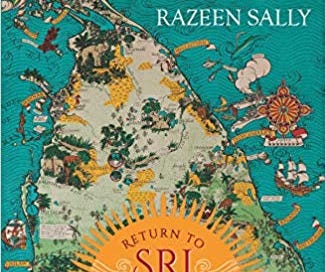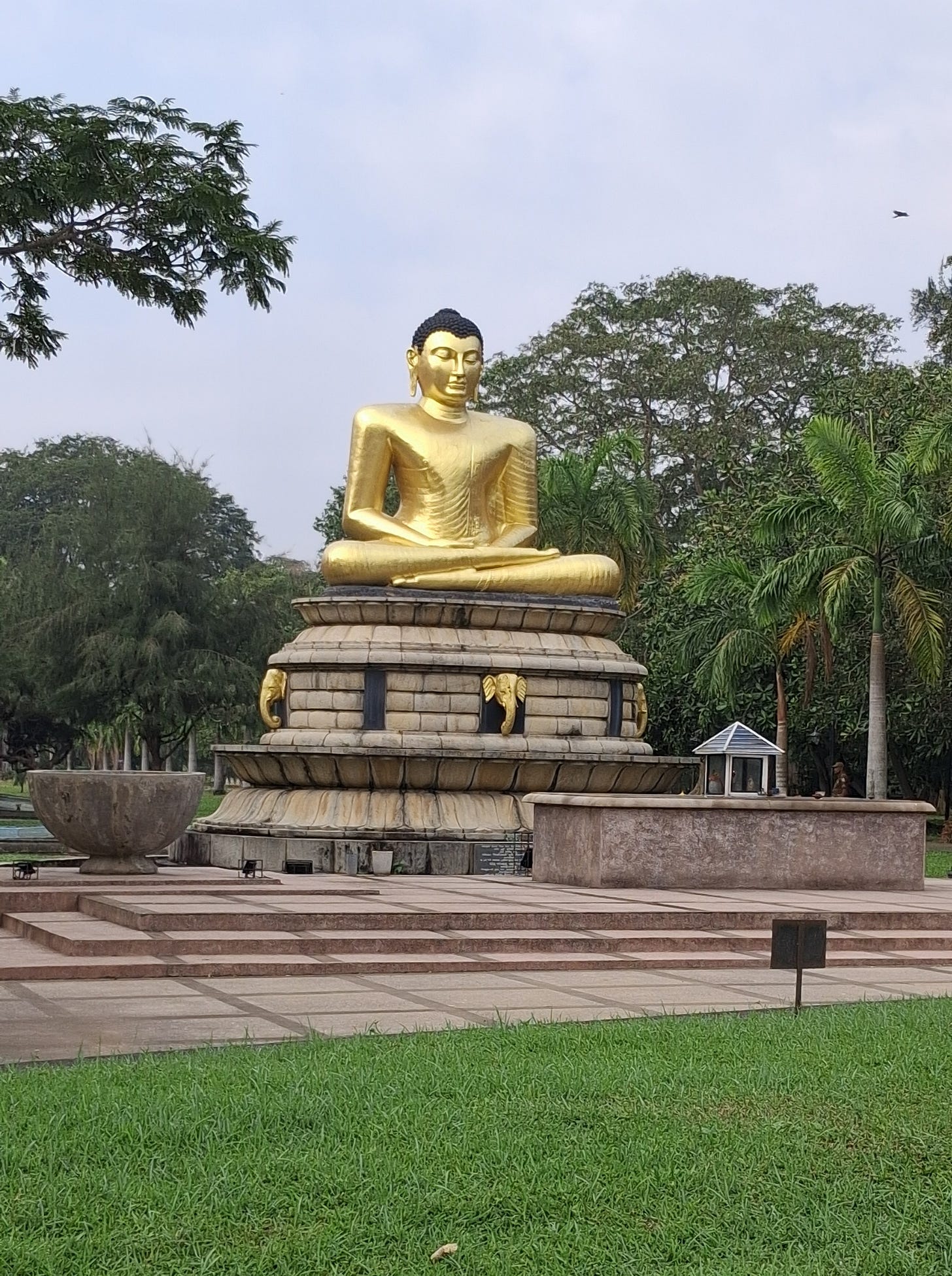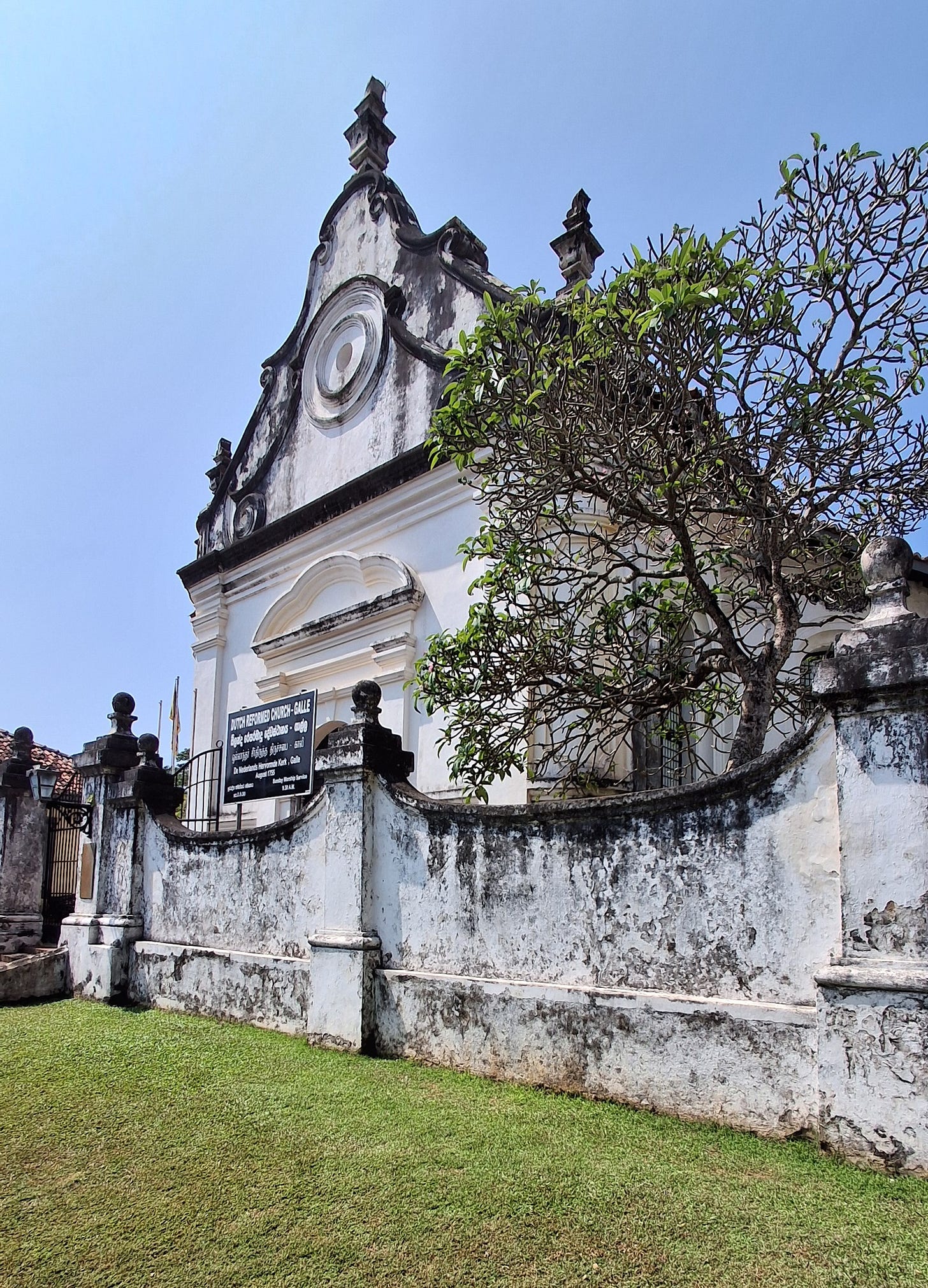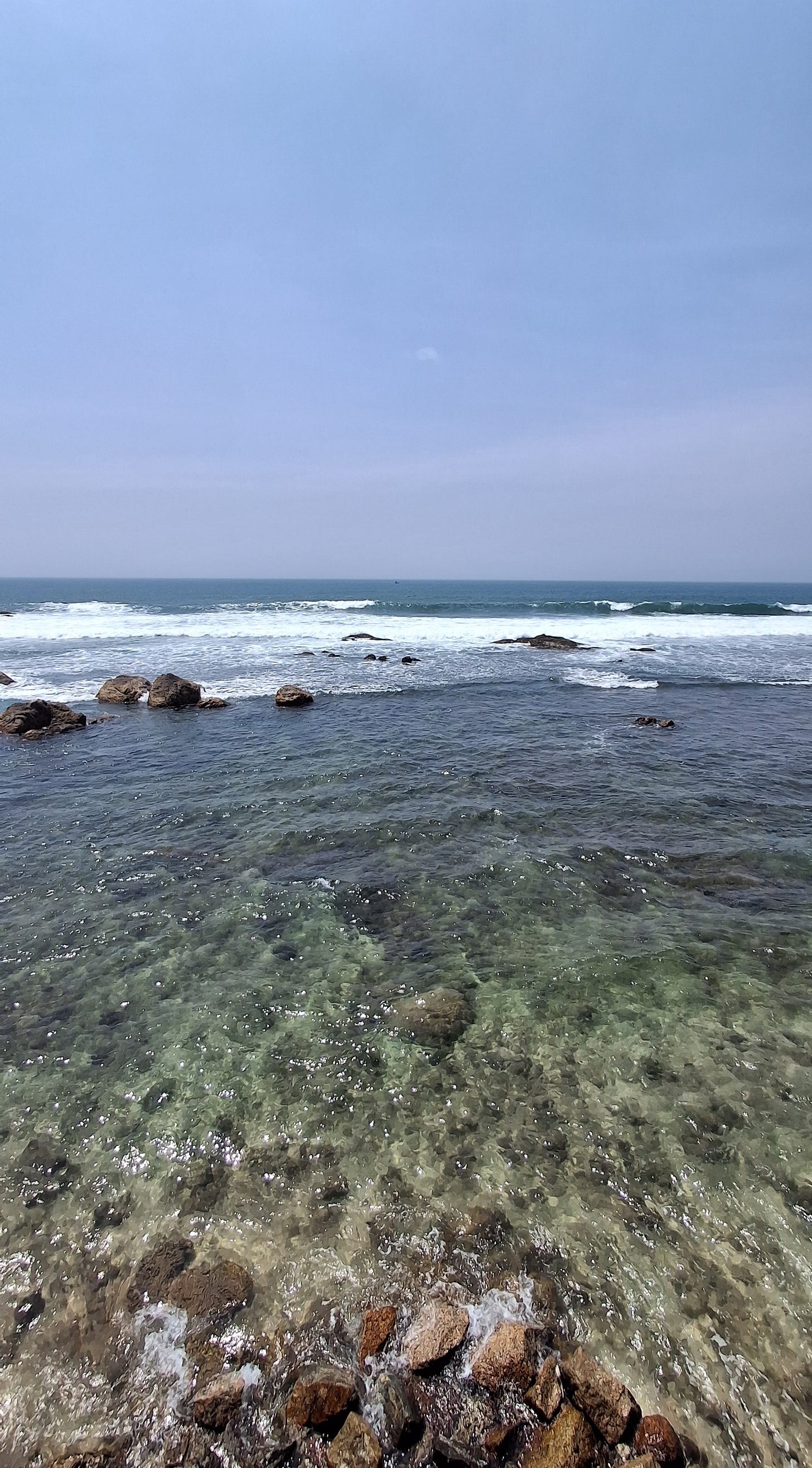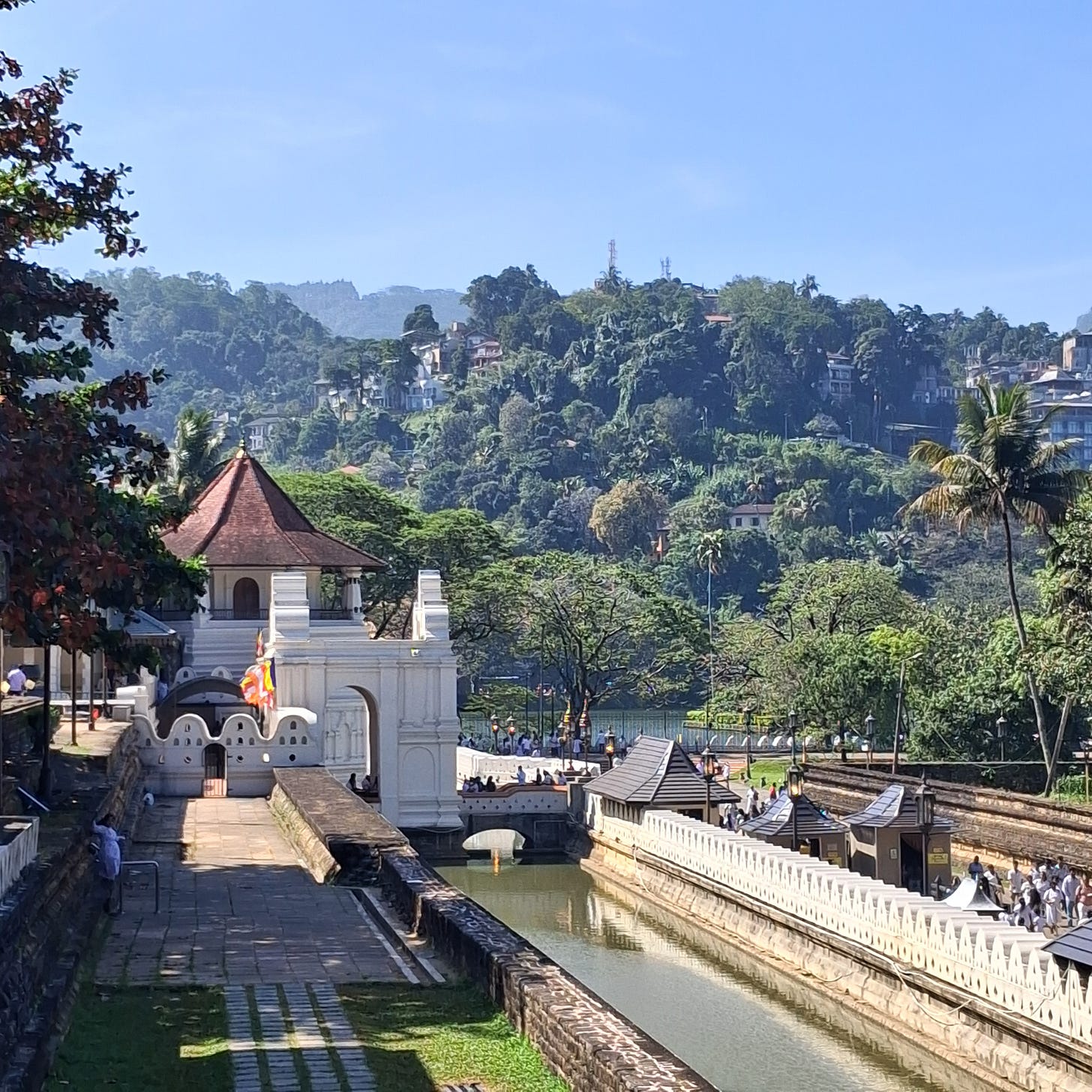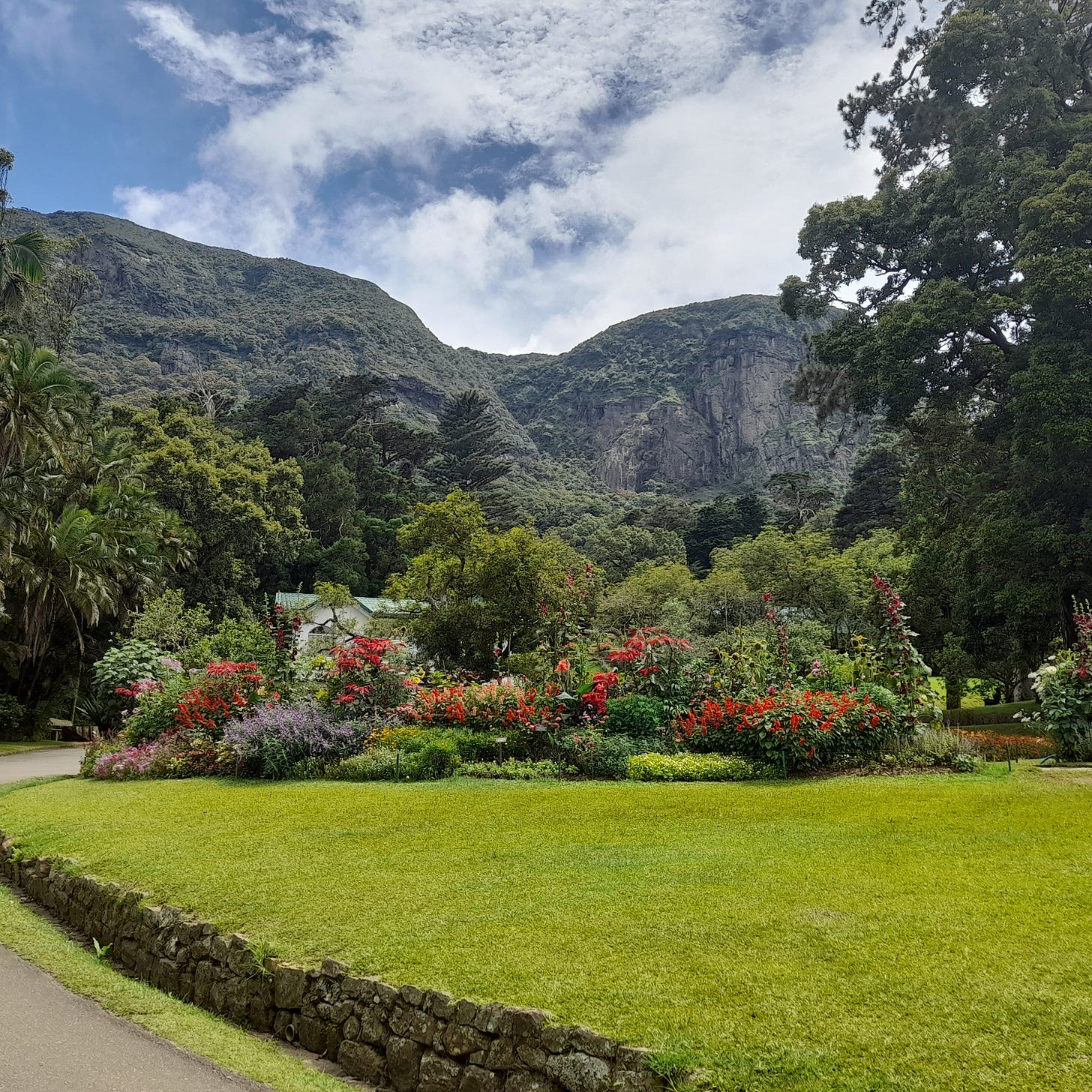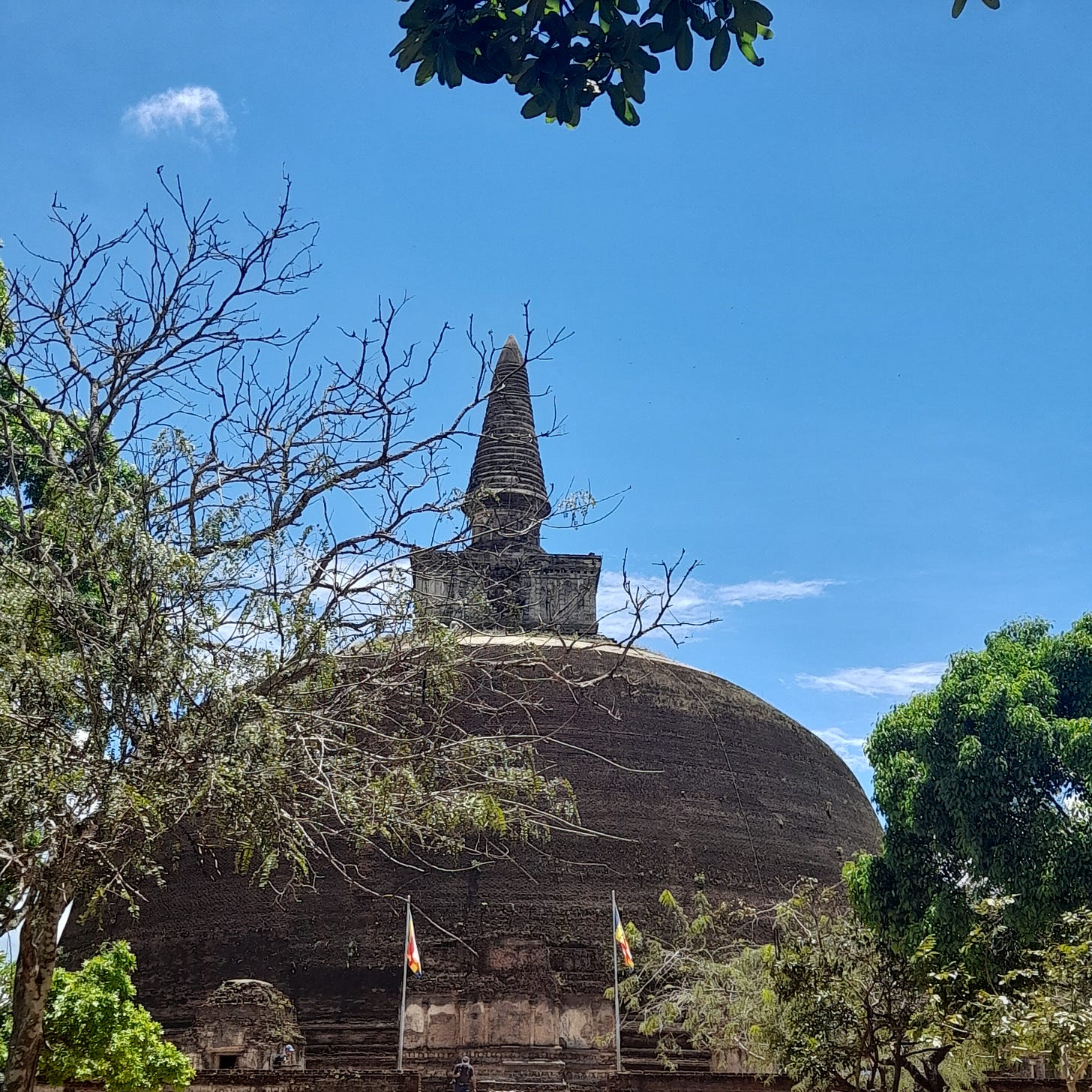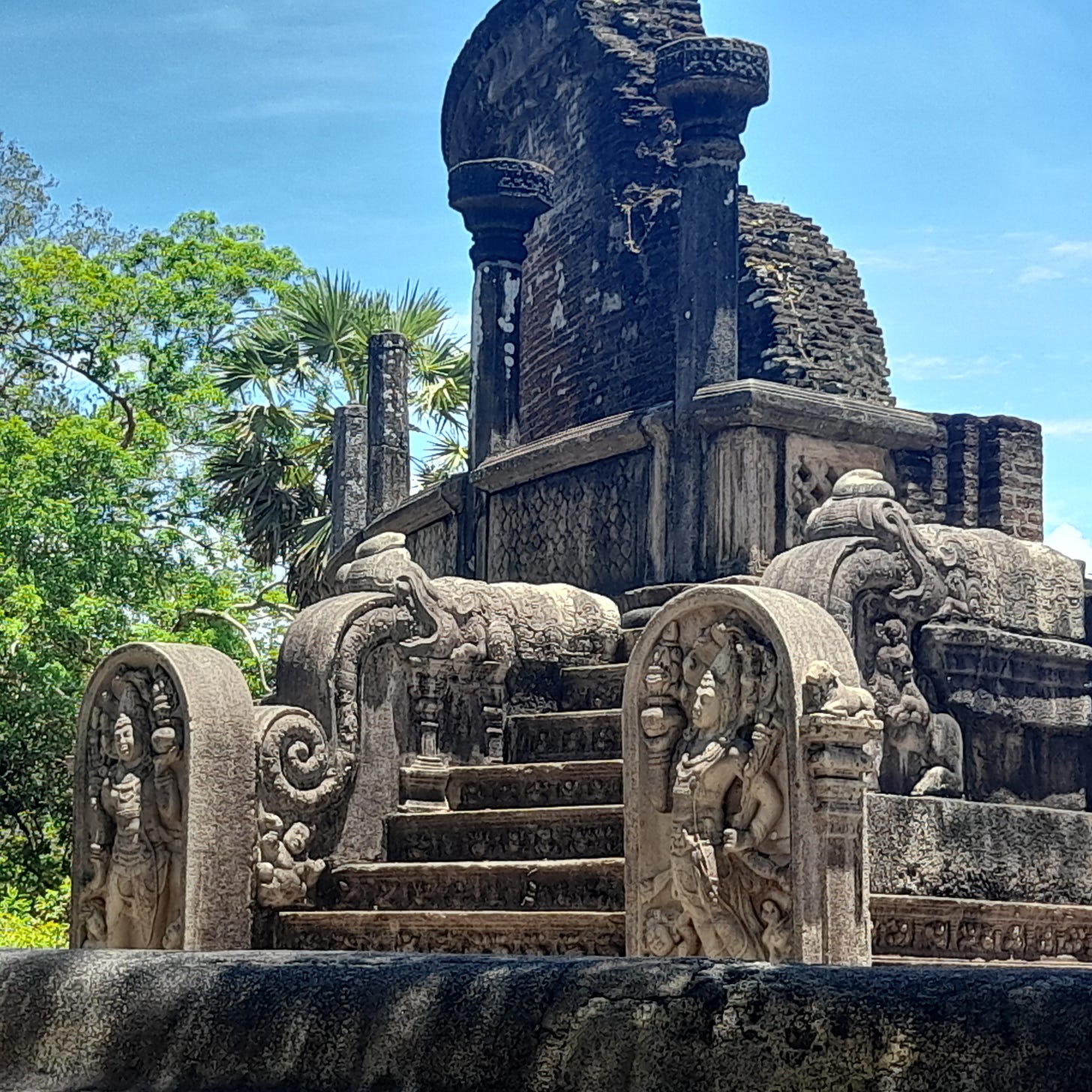Return To Sri Lanka - Travels in A Paradoxical Island | Razeen Sally
A travel memoir that acts as an ideal guide to Sri Lanka's past and present.
Title: Return to Sri Lanka - Travels in a Paradoxical Island
Author: Razeen Sally
Publication: Simon & Schuster
Why a book on Sri Lanka ? Why not a book on Sri Lanka ?
Specialists have written this or that slice of the country - its history, political systems , economy, rural development, social structure, religion, ethnic conflict, civil war and so on.
But mine is a personal journey. It is a half-outsider’s voyage of rediscovery. That is my way of making sense of Sri Lanka: its history before and after independence, its current affairs, its land and the people.
With an upcoming trip to Sri Lanka, I was in search of a good travelogue—one that wouldn’t just suggest where to go dolphin watching, recommend restaurants, or highlight tourist attractions, but would delve into the country’s history. That’s when I discovered this recently released, revised edition of ‘ Return to Sri Lanka’ by Razeen Sally.
This memoir is divided into two parts. With the first one, setting the timeline of how the author spent his childhood in Sri Lanka, he also lucidly explains the history of Sri Lanka which is easy to understands and helps for better understanding of the later chapters.
In the second larger part of the book, Razeen Sally takes on a trip through all the major locations of Sri Lanka. Armed with his trusted guidebook ‘ Handbook for The Ceylon Traveler’ , he starts his journey which will explore the entire expanse of the small island.
Home Town: Colombo Then and Now
In Sri Lanka, there is a ‘character’ around every street corner, a writer’s dream; in Colombo, there is one in every house and every office.
My Colombo characters are a tropical kaleidoscope of Sinhalese, Tamils and Burghers; Buddhists, Hindus, Christians and Muslims; plus an occasional agnostic and atheist for good measure.
This unit begins at the airport in Katunayake, the starting point for any visitor arriving in Sri Lanka. It then moves to Negombo and Colombo. As the author's hometown, Colombo is described in detail, highlighting the differences between the author's childhood experiences and the current state of the city.
This section is more like a potpourri, including Colombo's architecture, famous landmarks, history, and economy. The author also shares his perspective on the city through the eyes of friends from different ethnicities and backgrounds, illustrating how Colombo has undergone multiple transformations over the years.
The paradox of the city lies in its diverse population, which consists of multiple religions and ethnic groups. From the author's vantage point, tensions between these groups have increased due to various factors, including wars, riots, and the more recent Easter bombings in 2019.
A Turn in the South
The author travels along the Galle Road, visiting major towns along the route and then making his way across the southern coast of Sri Lanka up to Kataragama on the eastern side.
Starting with Kalutara, located south of Colombo, the author discusses how the tourism industry has evolved along the southwestern coastline, particularly in areas like Bentota and Hikkaduwa.
As the journey continues, the author arrives in Galle, a UNESCO World Heritage site and a small sleepy town. He describes the history of Galle and how it has recently benefited from resort-based tourism, which has become a significant economic engine, generating employment for the youth of the south.
While Galle Fort appears to be a bustling tourist destination with Dutch-style resorts, the houses near them and within the fort tell a different story. They are often poorly lit, sparsely furnished, and quite plain.
Townsfolk and tourists promenaded on the ramparts just as the sun set. This is a favorite Galle pastime : standing on the ramparts or a bastion, taking in the cool, salty breeze, and watching the reddening sun slip away slowly under the ocean horizon.
Traveling deep into the southern part of Sri Lanka, specifically the Matara district, Razeen Sally discusses the history of Ruhunu kingdom and the gruesome JVP rebellion that impacted this region during the period from 1987 to 1989. He notes significant locations such as Hambantota and Koggala before making his way to Kataragama, a well-known pilgrimage site.
This chapter introduces readers to lesser-known locations and their histories, including Koggala, Kirinda, and Tangalle. The southern coast offers much more than the popular spots of Unawatuna and Hikkaduwa. Exploring beyond these areas can uncover charming villages and breathtaking scenery.
Kandy Road
Here, the author embarks on a journey through the hill region of Sri Lanka. With many locations being a must-visit on the tourists checklist like Kandy and Nuwara Eliya, he explains the history behind the royal city of Kandy and goes into great detail about the Tooth Relic which is now situated in Dalada Maligawa of Kandy. Well written descriptions of the lush tea plantations in Nuwara Eliya, hilly landscapes of Bandarawela and Uva hills make it an interesting read.
Rajarata - Land of Kings
This route comprises of locations which would be of great interest to history buffs. With main stops at Anuradhapura, Polannaruwa, Sigiriya and Dambulla, the author focuses on explaining on how these locations played a great role in the history of Sri Lanka and at present how they have evolved in the present.
Anuradhapura is no Venice or Florence, or Angkor or Borobudur, a museum piece of extinct civilization for coachloads of foreign tourists to gawp at. Quite the opposite : its temples, centered on their ancient stone stupas, live and breathe from the predawn hour to late at night with monks and pilgrims and local worshippers circumambulating the stupas clockwise, offering scented flowers at shrines, lighting little lamps of coconut oil, sitting cross-legged and chanting prayers under the shade of the trees. For tourists and devotees, this is what makes Anuradhapura come alive.
War Scars
The final part of the author’s journey ends with him exploring the northern and north- eastern part of Sri Lanka which was known for the war between LTTE and the Sri Lankan government. With Jaffna as the focal point for exploration in the north, readers are taken to more remote unheard spots in the northern region which played a crucial role during war times. Here again, he not only talks about the history but also about people from there. He writes of their lives which are in stark contrast compared with the rest of the country.
It had the most intense contrast of scenery, of culture and religion, of wealth and poverty. It had the pathos of and its enduring scars, and in the east, troubling signs of emerging Islamic fundamentalism, but also the buoyancy of post-war recovery.
Final Review
“ A must read travelogue .“
This book covers almost everything in detail—not just history but also stories from people across different social circles, which makes it a well-rounded read.
The way the author has intertwined politics with personal stories, especially childhood experiences, makes the timeline easy to follow and not confusing. It is not just a guidebook or reference material; it brings the place alive with real stories of people. This approach adds a human touch, making the narrative engaging rather than just factual.
One of the book’s strongest aspects is its structure. Split into parts with maps, which is helpful if you want to refer to the section about the place you are traveling to first. There are plenty of references to various other books and authors, adding more depth to the content. Overall, it works perfectly as a traveler’s handbook for Sri Lanka.
It is not just useful for those visiting Sri Lanka but also a great read for armchair travelers who want to immerse themselves in the region’s culture and history. The inclusion of real stories makes the places feel alive rather than just being names on a map.
That said, there are a few things that could have been better. The author repeatedly refers to Leonard Woolf’s aesthetic dislike of boisterous traditions of Hindu temples ( Jaffna , Trinco and Kataragama ), which feels unnecessary. Also, pointing out the loud exuberance of temples feels like a selective comparison. Every place of worship has its own customs and expressions. I feel that volume alone doesn’t define the spiritual experience. Different traditions have their own ways of creating a sense of devotion, making such comparisons feel a bit misplaced.
In the chapter War Scars, a bit more detail on the Nallur Temple in Jaffna and the temple in Trincomalee would have added depth. As these sites are becoming popular tourist destinations in the north, I felt they deserved more than just a brief mention wrapped up in a single paragraph.
Despite these minor drawbacks, this is a wonderfully written travelogue.
If you are someone who loves to read travel literature or searching for the perfect book for arm-chair travelling , this book is a must read.
RATING : 4 ⭐ / 5
#returntosrilanka
#razeensally
#travelliterature
#travelogue
#srilanka
#nonfiction
Here’s another book recommendation : The Elephant Complex by John Gimlette

